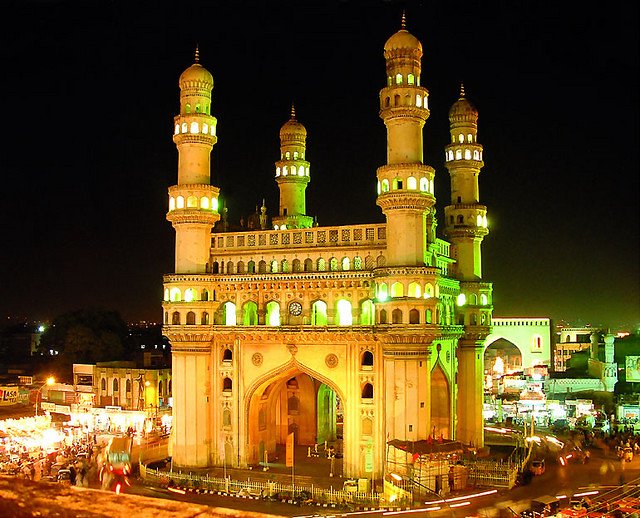Himachal Pradesh, a state located in the northern part of India, has a unique demographic profile characterized by its diverse population. Let’s delve into the key aspects of the demographic composition of Himachal Pradesh.
- Population:As of the 2011 census, Himachal Pradesh had a population of approximately 6.86 million. The state has witnessed a gradual increase in population over the years, with a growth rate of 12.94% between 2001 and 2011. However, it is important to note that these figures are based on the 2011 census, and the population may have further increased since then.
- Gender Ratio:Himachal Pradesh has a relatively favorable gender ratio compared to the national average. As per the 2011 census, the state had a sex ratio of 972 females per 1,000 males, indicating a better gender balance. This reflects the social progress and relative gender equality prevalent in the state.
- Rural-Urban Divide:Himachal Pradesh has a significant rural population. The state’s geographical terrain, characterized by hilly regions and dense forests, has influenced settlement patterns. The rural population constitutes a majority, engaged primarily in agriculture, animal husbandry, and allied activities. However, there has been a gradual shift toward urbanization, with the growth of towns and cities offering employment opportunities in various sectors.
- Language and Ethnicity:The official language of Himachal Pradesh is Hindi, while several regional dialects are spoken by different communities. Pahari, which includes various dialects like Kangri, Mandiyali, Bilaspuri, and Kinnauri, is widely spoken in different parts of the state. Additionally, there are communities with Tibetan and Nepali backgrounds in certain areas.
- Religion:Religion plays a significant role in the demographic fabric of Himachal Pradesh. The majority of the population practices Hinduism, which is deeply ingrained in the cultural and social life of the state. Buddhism has a strong presence, particularly in regions like Lahaul and Spiti, where Tibetan Buddhist traditions are followed. Other religions, such as Islam, Sikhism, and Christianity, are also represented, albeit in smaller proportions.
- Tribal Population:Himachal Pradesh is home to various indigenous tribal communities. These tribes have distinct cultural identities and contribute to the state’s cultural diversity. Some of the prominent tribal communities in Himachal Pradesh include the Kinnauris, Lahaulis, Pangwalas, Gaddis, and Gujjars. Efforts have been made to preserve and promote their unique cultural heritage and traditions.
- Literacy and Education:Himachal Pradesh has made significant strides in literacy and education. The state has a relatively high literacy rate compared to the national average. According to the 2011 census, the literacy rate in Himachal Pradesh was 82.80%. The government has focused on expanding educational infrastructure and improving access to quality education, particularly in remote areas.
- Health and Life Expectancy:Himachal Pradesh has made considerable progress in healthcare infrastructure and services. The state boasts a well-developed network of primary healthcare centers and district hospitals. As a result, there has been a significant improvement in healthcare indicators, leading to increased life expectancy and a decline in infant mortality rates.
Himachal Pradesh exhibits a diverse demographic profile characterized by its population’s varied ethnic, linguistic, religious, and cultural backgrounds. The state’s commitment to education, healthcare, and gender equality has contributed to its overall development and social progress. Himachal Pradesh continues to evolve and address the needs of its population, striving for inclusive growth and sustainable development.


























